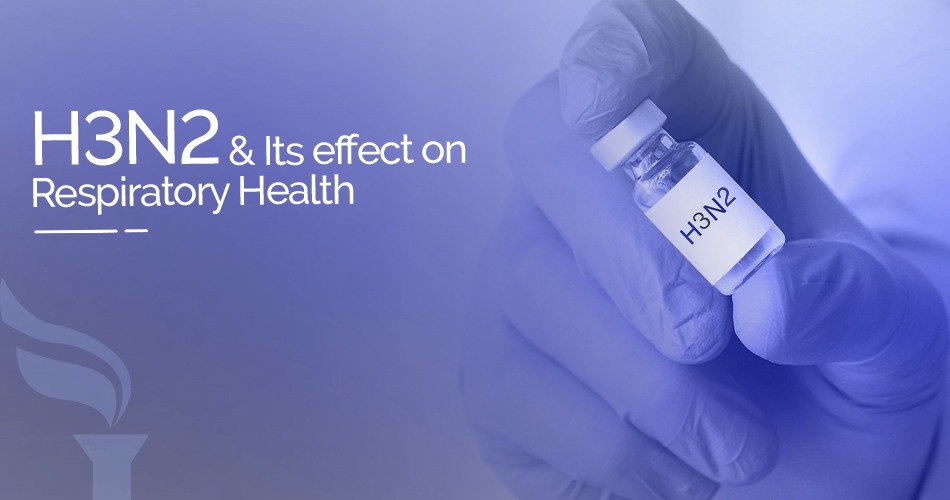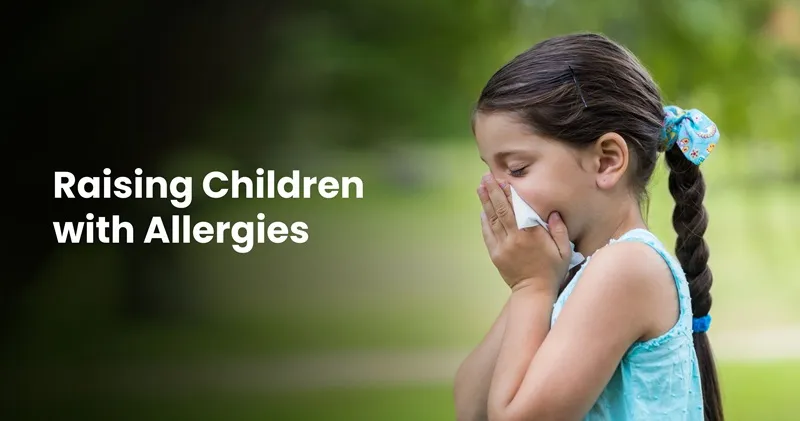H3N2 Influenza: Respiratory Problems, Signs, Symptoms and Recovery
Apr 04, 2023

The H3N2 virus is a kind of influenza virus that is known to cause respiratory infections in people. This virus can also cause respiratory issues, which in certain situations can be fatal. With the rising cases of H3N2 influenza, it is imperative to be cautious and take preventive measures to safeguard yourself and your loved ones from the illness.
This article will inform you how H3N2 affects the respiratory systems, guide you to identify the signs and symptoms and help prevent the virus.
What are the signs and symptoms of H3N2 influenza?
A person with H3N2 influenza will exhibit flu-like symptoms. The infected person may suffer from fever, coughing, sore throat, runny nose and body aches, just like other kinds of flu. H3N2 can, however, produce more severe respiratory problems and can potentially be fatal in some situations.
One may also show the following signs and symptoms when suffering from H3N2:
- Have Difficulty breathing
- Severe vomiting:
- Dehydration
- Low blood pressure
- Difficulty breathing
- Worsening of a chronic condition
- Blue-ish lips/face
- Seizures or convulsions
- Low Oxygen saturation
If you suspect you have H3N2, you should consult a doctor as soon as possible. Early detection and treatment are critical for a successful recovery.
Respiratory Problems Associated with Influenza
H3N2 influenza is associated with numerous respiratory issues, with bronchitis, pneumonia and bronchiolitis being the most prevalent. Complications of such situations can be quite dangerous, particularly for young children and the elderly. If you or someone you know start exhibiting the above-mentioned respiratory problems, get immediate healthcare attention.
and the elderly. If you or someone you know start exhibiting the above-mentioned respiratory problems, get immediate healthcare attention.
How to Prevent H3N2
H3N2 is primarily spread via respiratory secretions such as saliva, mucus, or blood. It can be transmitted through contact with contaminated things such as doorknobs or counters. You can prevent H3N2 by practising basic hygiene and getting the flu vaccine once a year.
Here are some steps you may take to avoid contracting the H3N2 virus:
- Washing hands, especially after eating and being in public places or around people who are sick.
- Limiting contact with infected people
- Covering nose and mouth when sneezing or coughing
- Cleaning and disinfecting surfaces that are often touched
If sick, It's crucial to take precautions to stop the virus from spreading. To help stop the spread of H3N2, you should put these practices into use:
- Avoid on-site work or school
- Limit contact with other people
- Cover your mouth whenever sneezing or coughing
- Disinfect the surfaces you have touched
Recovery from H3N2
It is essential to understand that no specific medical treatment exists for H3N2 infections. Antibiotics have little effect on viruses. There are, however, certain things you may do to aid your body's recovery from the infection.
Get enough rest. Drink plenty of water. Warm beverages will assist to calm your throat. To ease symptoms, gargle with warm salt water. Take over-the-counter medicines that can help lower temperature and pain.
You may need to be hospitalised if you have a severe case of H3N2. The treatment will focus on symptom relief and maintaining your respiratory system.
Conclusion
If you suspect you have H3N2 influenza, it is important to get tested as soon as possible. Go for tests that offer accurate tests and timely results delivery. Early diagnosis and treatment are the best way to avoid serious health complications from H3N2 influenza.
Related Blog Post
Blog Categories
- Child Health
- Mens Health
- Women's Health
- Mental Health
- Health Myths & Facts
- Fitness
- Nutrition/Recipes
- Remedies
- Weight Management
- Stress Management
- Health Supplements
- Addiction Management
- Disease Management
- Allergy
- Anemia
- Arthritis
- Asthma
- Autoimmune Diseases
- Blood Pressure
- Cancer
- Deficiencies
- Dengue/Malaria/Chikungunya
- Diabetes
- Eye Problems
- Heart Diseases
- Hepatitis
- HIV/AIDS/STD
- Hormonal Imbalance
- Infection/Flu/Viral
- Kidney
- Liver
- Menstrual Problems
- Pregnancy
- Skin & Hair Problems
- Stomach Ailments
- Thyroid
- Others
- Health Checkups
- Diagnostics/Pathology
- Lifestyle & Wellness
- Covid
- Medical Tests
- Cholesterol
- Health Tips
- Parent Care/Old Age
- Lungs
- Food Intolerance








